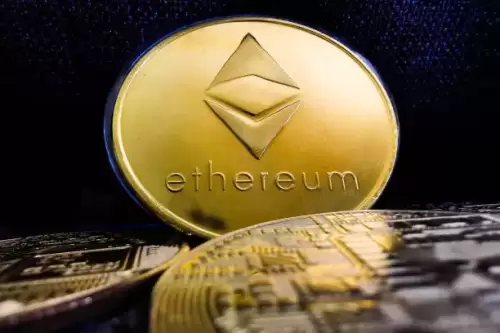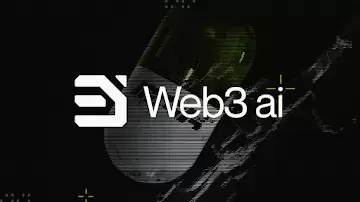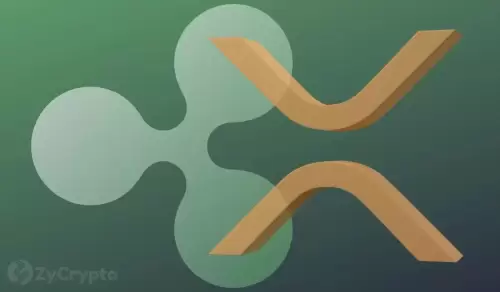 |
|
 |
|
 |
|
 |
|
 |
|
 |
|
 |
|
 |
|
 |
|
 |
|
 |
|
 |
|
 |
|
 |
|
 |
|

Everyone despises fees, especially in the realm of cryptocurrencies. But, they are often considered a necessary inconvenience. After all, networks need to charge these fees to cover the costs of processing and confirming transactions, especially with frequent transactions.
Now, a question that you’ve probably asked yourself at some point is “Which network doesn’t charge network fees?” Does that even exist? Well, believe it or not, there are some networks out there that do offer fee-less transactions. It’s uncommon, but it exists.
Curious about which ones and how they achieve this financial magic? Some of these networks even position themselves as ideal for microtransactions and IoT applications, which may change how you think about digital currency exchanges.
Let’s explore these options further, and you might be surprised at what you find.
Understanding Network Fees in Blockchain
When sending cryptocurrency, you incur network fees, which serve as incentives for miners or validators to process and confirm transactions. Think of these fees as the toll charges for using the highway of digital currency.
The necessity for network fees varies with each cryptocurrency because they hinge on the underlying consensus mechanisms. For example, Bitcoin employs a Proof-of-Work (PoW) mechanism, which requires miners to solve complex puzzles. In contrast, Proof-of-Stake (PoS) systems like Ethereum involve validators staking their coins to validate transactions.
You’ve probably noticed that fees aren’t universal - they fluctuate based on several factors. Larger transactions might cost more due to their hefty data load, especially with UTXO-based systems like Bitcoin.
Another critical element is the fee rate. During times of high network demand, costs can spike. Of course, different networks also have different fees.
Fee-Less and Low-Fee Networks
Fee-less and low-fee options offer distinct advantages. Fee-less networks like IOTA and Nano completely remove transaction costs, using innovative technologies such as Tangle and Open Representative Voting to make operations seamless and cost-free.
In contrast, networks like TRON and Stellar provide very low-fee environments where your costs are kept to a minimum. They are often considered to be two of the cheapest crypto to transfer.
Although cryptocurrency networks are often associated with transaction fees, emerging technologies now offer alternatives that minimize or eliminate these costs. Fee-less data and value transfer are increasingly possible thanks to innovative frameworks that bypass traditional mining.
Notable Fee-Less Crypto Networks
Okay, let’s take a closer look at some of the cryptocurrencies that allow fee-less transactions.
1. IOTA
As one of the pioneers in creating a fee-less cryptocurrency network, IOTA employs a unique directed acyclic graph (DAG) structure known as the Tangle, which eliminates the need for traditional miners and their associated costs.
This innovation allows for fee-less data and value exchanges. Unlike typical blockchain systems, IOTA’s fee-less nature means that you engage directly with the network, bypassing hurdles that often slow down or complicate transactions on other platforms.
Here’s why IOTA is amazing:
2. Nano
Nano owes its fee-less nature thanks to its novel Block Lattice architecture that allows each user to maintain a personal blockchain.
What’s important is that this unique structure eliminates the need for traditional transaction fees.
Every transaction occurs virtually instantly, with confirmations happening in about one second. This means funds are moved extremely quickly. You won’t have to worry about delays or extra costs when you’re using Nano, as it streamlines the entire process by cutting out unnecessary fees.
Unlike other networks that depend on energy-intensive processes, Nano is designed to be energy-efficient. This means it bypasses traditional mining, which is obviously great in terms of fees, but it’s also good for the environment.
Such efficiency makes Nano perfect for everyday transactions and microtransactions.
3. Base
Base is an Ethereum layer 2 scaling solution developed by Coinbase. It enables fee-less USDC transfers when using Coinbase Wallet in Simple Mode. There are quite a few Ethereum layer 2s that make transactions much cheaper than Ethereum, but Base is the one that makes them completely fee-less.
This makes Base particularly appealing for smaller transactions.
Here’s what you need to know about Base:
How Do Fee-Less Crypto Networks Work?
You might wonder how fee-less crypto networks operate effectively without traditional transaction fees. These networks often rely on alternative funding models and consensus mechanisms like IOTA’s Tangle or Nano’s Open Representative Voting. They employ different technologies to confirm transactions without miners.
However, while these approaches improve user accessibility and cost savings, they also come with potential trade-offs, such as balancing security and preventing network abuse.
Alternative Funding Models
For instance, in IOTA’s Tangle, you confirm your transaction by validating
免责声明:info@kdj.com
所提供的信息并非交易建议。根据本文提供的信息进行的任何投资,kdj.com不承担任何责任。加密货币具有高波动性,强烈建议您深入研究后,谨慎投资!
如您认为本网站上使用的内容侵犯了您的版权,请立即联系我们(info@kdj.com),我们将及时删除。
-

-

-

- 以太坊收回了重要的技术水平
- 2025-06-13 05:51:59
- 以太坊在最新的24小时交易中收回了重要的技术水平,其价格超过了2,800美元,并短暂触及了2,870美元。
-

- Ruvi AI是一个组合的区块链和人工智能项目,正在迅速成为首选投资
- 2025-06-13 05:51:59
- 尽管Cardano具有创新的验证系统和早期认可,但仍在努力保持动力。
-

-

-

-

- 区块链组(ALTBG)通过股权和可转换债券发行的混合筹集了约970万欧元
- 2025-06-13 05:46:19
- 如今,在巴黎欧洲文本增长上列出的区块链集团(ALTBG)被公认为欧洲第一家比特币财政公司
-




























































